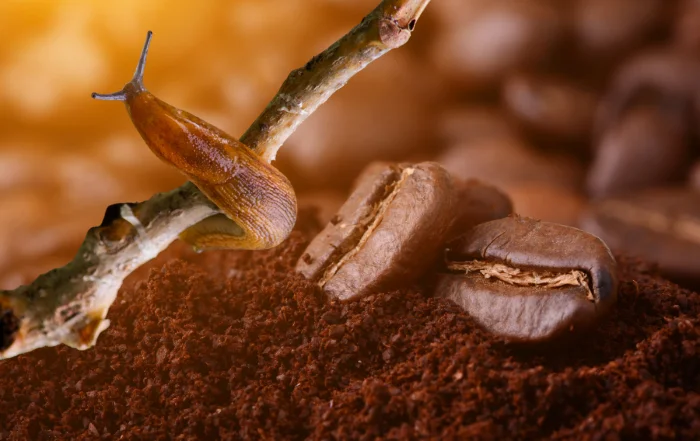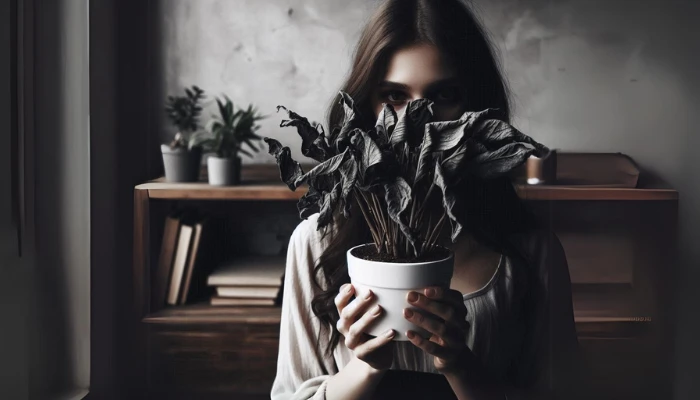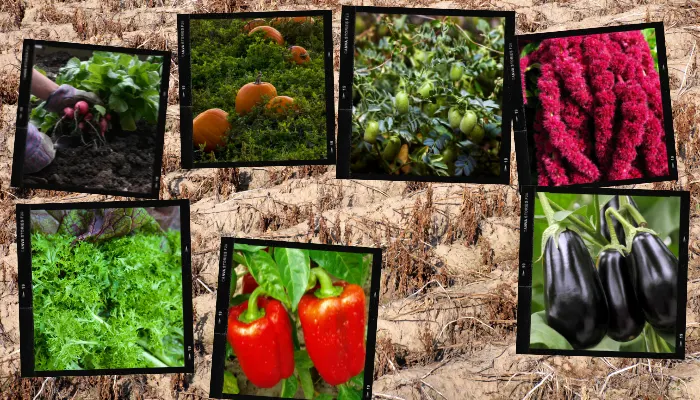Coffee, the world’s most consumed beverage, holds more benefits than just being our morning pick-me-up. Did you know that spent coffee grounds can be utilized to enhance soil quality and even act as an effective slug killer? It’s time to unlock the potential of those leftover coffee grounds and put them to good use in your garden.
With an estimated consumption of 400 billion to 1 trillion cups of coffee worldwide each year, the volume of coffee grounds generated is substantial. By incorporating coffee grounds into our gardens, we not only divert them from the waste stream, but also provide a valuable resource for plant care and slug management.
When it comes to using coffee grounds in your garden, it’s important to exercise moderation. Linda Brewer, a soil scientist from Oregon State University Extension Service, advises caution, saying, “You really need to take the recommended dosages to heart. Like most kitchen waste, coffee grounds are a fine amendment for the garden, but excessive use can be detrimental.”
Contrary to popular belief, coffee grounds are not acidic and won’t lower the soil pH.
After brewing, the pH of coffee grounds is close to neutral, between 6.5 and 6.8. However, any impact they have on the soil’s pH is short-lived.
So, don’t rely on coffee grounds to maintain a lower soil pH for acid-loving plants like rhododendrons and blueberries.
Although coffee grounds contain approximately 1% to 2% nitrogen and micronutrients, they are not a major source of plant nutrition. As the coffee grounds break down, nitrogen is consumed by soil microorganisms for their growth and reproduction.
To compensate for this nitrogen tie-up, supplement with nitrogen fertilizers or other sources like composted animal manure, alfalfa meal, or grass clippings when incorporating uncomposted coffee grounds.
The true strength of coffee grounds lies in their ability to improve soil structure and drainage. As coffee grounds decompose, they release microbial glues that promote healthy soil composition.
Brewer suggests incorporating coffee grounds into the soil at a depth of half an inch to four inches, or using them as a mulch with a layer of leaves or bark to prevent drying and water repulsion.

Research shows that a 1% to 2% coffee solution mixed with water as a soil drench causes 100% of slugs to leave the treated soil and subsequently die of caffeine poisoning.
Linda Brewer, Soil Scientist
When incorporating coffee grounds into compost, aim for a well-balanced ratio. Layer three parts leaves, one part fresh grass clippings, and one part coffee grounds by volume.
Coffee filters can be included as well.
Turn the compost once a week, monitoring moisture levels, and your compost will be ready in three to six months. Just remember not to exceed 20% coffee grounds by volume in the compost pile, as excessive amounts can be toxic to plants.
Although excess coffee grounds applied directly to the soil before composting can have adverse effects, such as temporary nitrogen tie-up and caffeine residues suppressing germination, they can still be utilized within the composting process.
If you collect coffee grounds from coffee shops, store them in a tightly covered container until ready for use. If mold appears, don’t worry—these grounds can still be composted, contributing to the decomposition process.
Now, let’s talk about the remarkable slug-killing potential of coffee grounds.
Brewer highlights their effectiveness, stating, “Research shows that a 1% to 2% coffee solution mixed with water as a soil drench causes 100% of slugs to leave the treated soil and subsequently die of caffeine poisoning.”
More To Discover

In fact, a 2% caffeine solution applied to the growing medium of orchids proved more effective against orchid snails than a common slug bait containing liquid metaldehyde.
To create a 1% to 2% soil drench, mix one part water with two parts strong brewed coffee.
For example, combine one cup of water with two cups of coffee. To reduce slug feeding on foliage, dilute nine parts water with one part brewed coffee and apply as a spray.
Brewer advises a cautious approach, suggesting, “Apply diluted coffee to a sample of leaves and observe for leaf burn or other damage during a few hot and sunny days. If no damage occurs, proceed with spraying.”
Used appropriately, coffee grounds hold immense potential for improving soil health and managing slugs in your garden. So, the next time you enjoy your cup of joe, remember the valuable resource you have at hand. Let those coffee grounds work their magic and contribute to the vitality of your plants and the overall health of your garden.
“Used appropriately, coffee grounds improve soil and kill slugs.” It’s not just a catchy headline—it’s an invitation to embrace the hidden powers of this everyday commodity.

















